Palate Expander Can Change your Face! Here's how
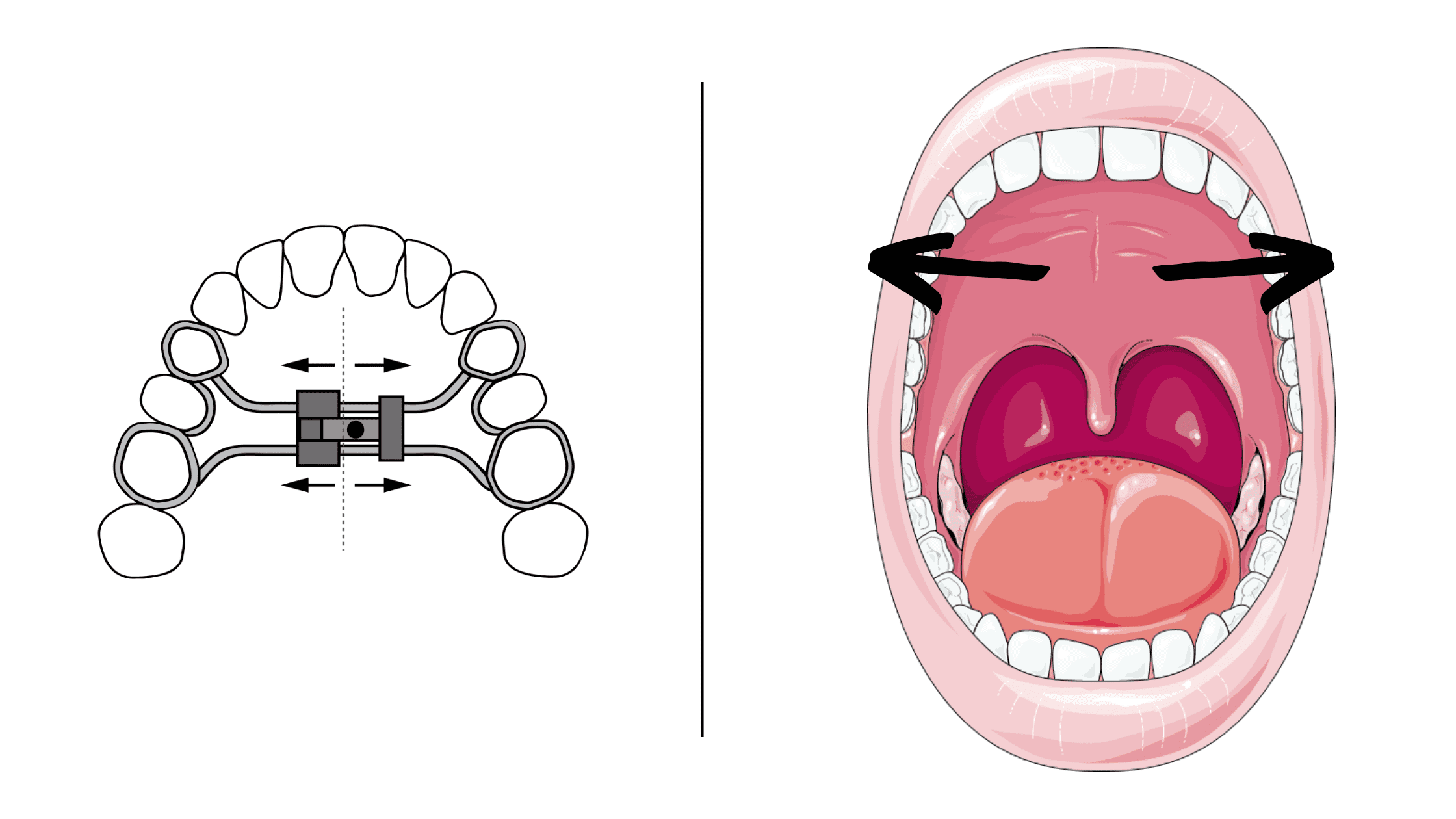
Palate expansion is a fascinating technique that can bring about remarkable changes, not only in your smile but also in the overall symmetry and balance of your face.
In this article, we will discuss how palate expanders can truly change your face for the better, the crucial role of age, and some alternative options.
In this article:
1. What is a Palate Expander?
2. How can a narrow palate affect your face?
3. Can expanding the palate change your face?
4. Does Palatal Expansion Work in Adults? The Crucial Role of Age
5. How can palatal expander improve your teeth and smile?
6. Can a narrow upper jaw recover on its own?
7. The different types of palate expanders:
8. Alternatives to palate expanders:
What is a Palate Expander?
A palate expander is a device that we place in the roof of your mouth, and its purpose is to apply gentle pressure to widen a narrow upper jaw. You can think of it as an instrument that helps create more space for your teeth to come in properly.Now, you might be wondering if using a palate expander could change your face. The upper jaw, also known as the maxilla, is a bone in the center of your face. At the top, it borders the lower orbital bones that house the eyes, connects centrally with the nose, and aligns with the cheekbones on either side.
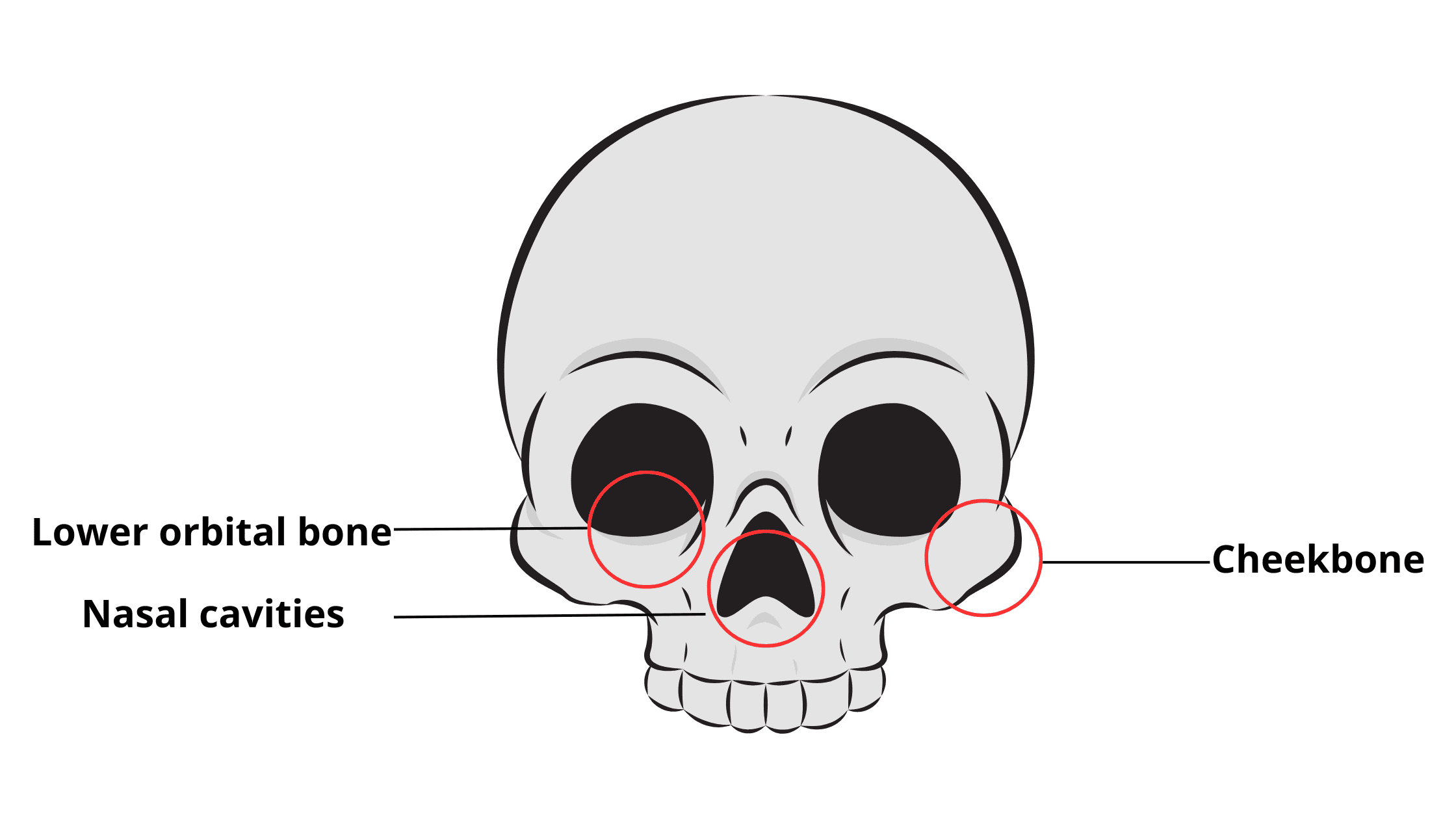
So the effect palatal expansion has on the upper jaw can actually have a positive impact on the development of the child's facial features.
When the upper jaw expands, it leads to more pronounced cheekbones, increased size of the nasal airways, and wider, more aesthetically pleasing eyes.
Moreover, the upper jaw has a direct influence on the lower face. By widening the upper jaw, it guides the growth of the lower jaw, resulting in a balanced and symmetrical facial appearance.
However, here's an important point to note: as we grow older, treatment with palate expanders becomes more challenging.
In other words, adults who have stopped growing won't benefit from palatal expansion in the same way as children do. That's because the expanders work by taking advantage of the remaining growth potential.
So, timing is crucial, and the earlier the treatment begins—preferably before the age of 10—the better the overall outcome.
How can a narrow palate affect your face?
When babies are born, their faces, including features like the nose, mouth, and jaw, are too small compared to the rest of the head. As they grow into adults, the face develops significantly. (4)The face is composed of 13 bones. Like puzzle pieces, they are connected through structures known as sutures.
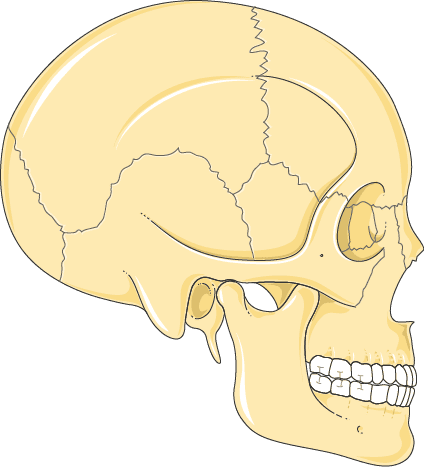
These sutures have a high growth potential during childhood. They play an essential role in facial development when stimulated by muscles.
Facial muscles come into play when we breathe, swallow, and chew. These muscles apply tension to these sutures, prompting them to produce new bone and expand. This results in the widening and growth of the face.
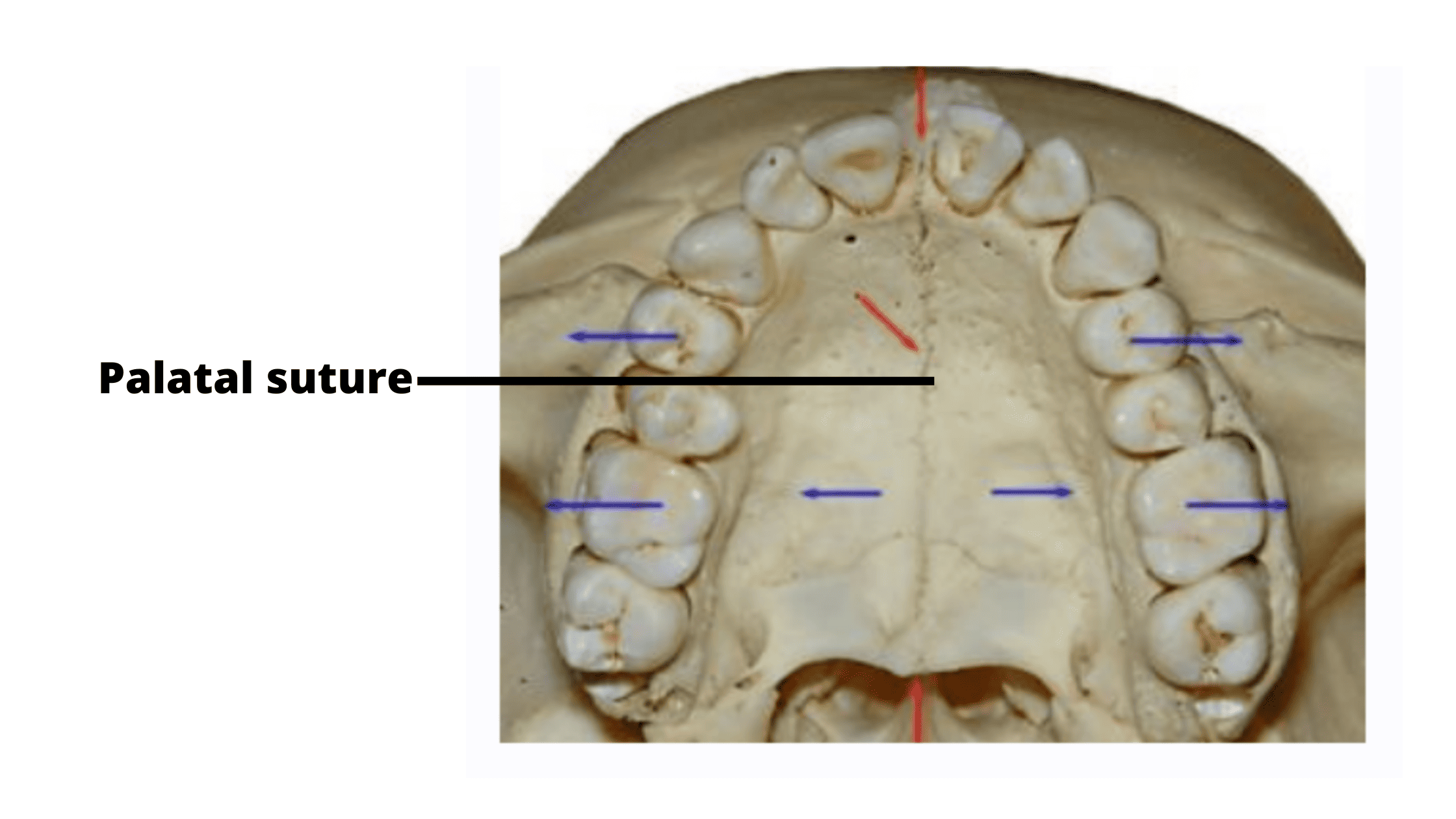
So, when the upper jaw is narrow, it means that the palatal suture hasn't received enough stimulation from oral functions. Nasal breathing and tongue posture are significant factors in this stimulation process (5). In fact, the tongue alone contains 17 different muscles, making it quite powerful.
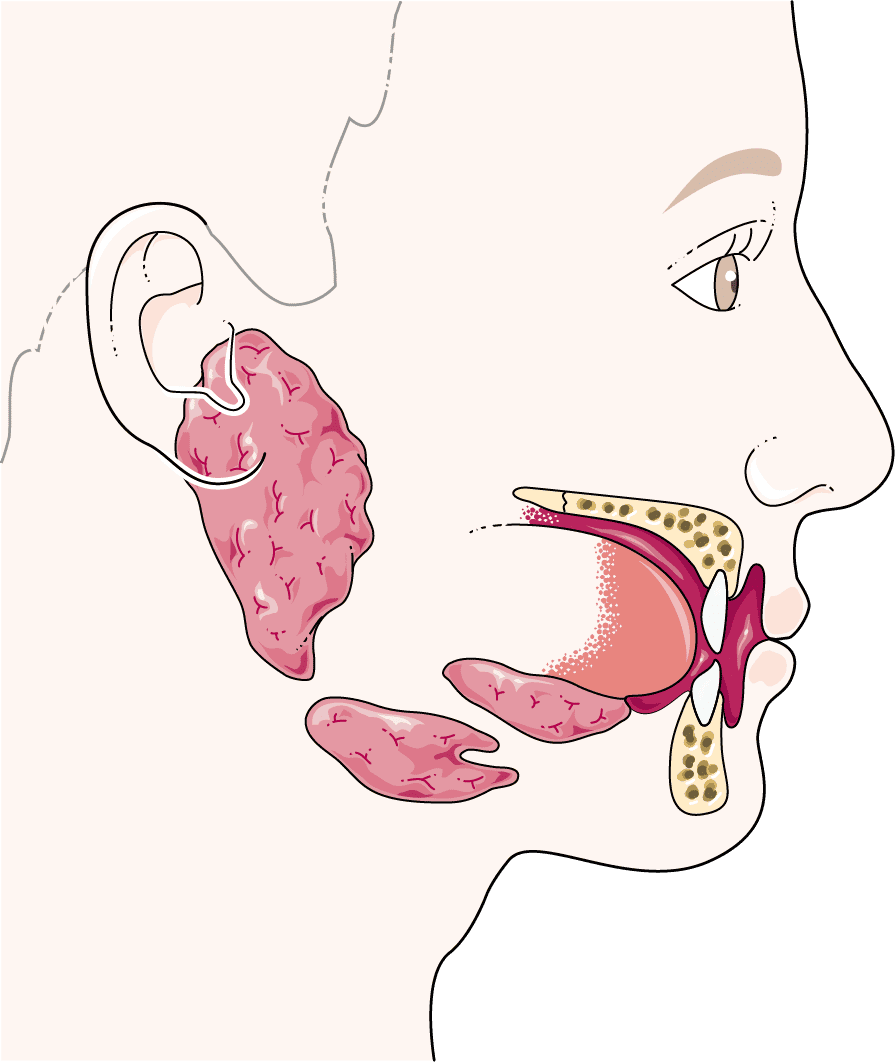
When you breathe through your nose, your tongue naturally rests on the palate, stimulating the palatal suture and promoting the widening of the upper jaw. On the other hand, if you were a mouth breather as a child, your palate wouldn't have received enough stimulation, leading to its narrowness.
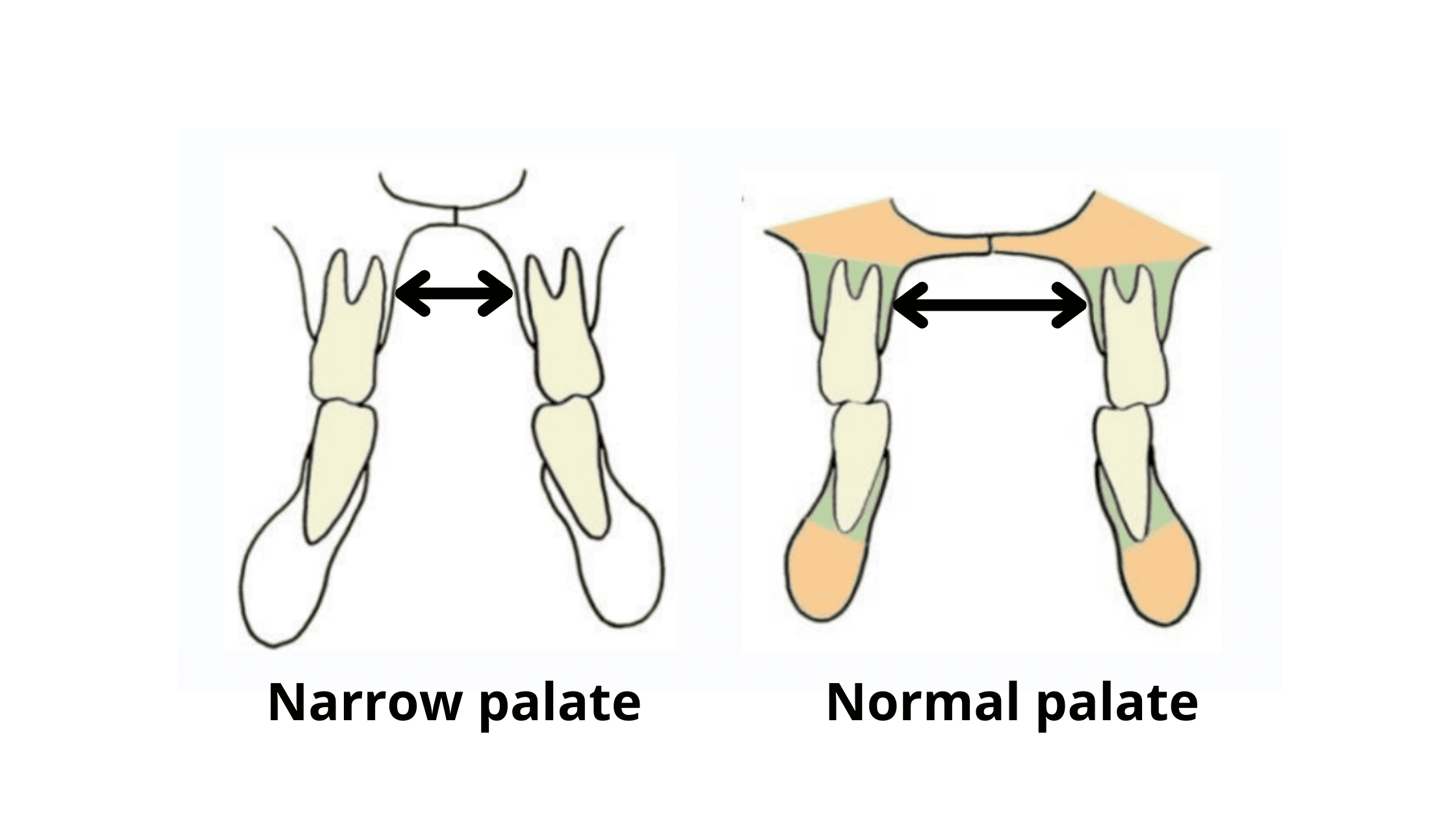
Now, how does this narrow palate affect your face?
Remember, all facial bones are interconnected. An underdeveloped upper jaw can result in less defined cheekbones, a pinched nose, and round rather than wide eyes.
Additionally, the growth of the lower jaw, which is normally guided by the upper jaw, can be affected. The lower jaw may grow downwards and backward, leading to a receding chin and a long, narrow face.
This creates a cycle where a narrow upper jaw makes it difficult for the tongue to find enough space, further contributing to mouth breathing. As a result, the upper airways do not develop properly, making nasal breathing even more challenging.
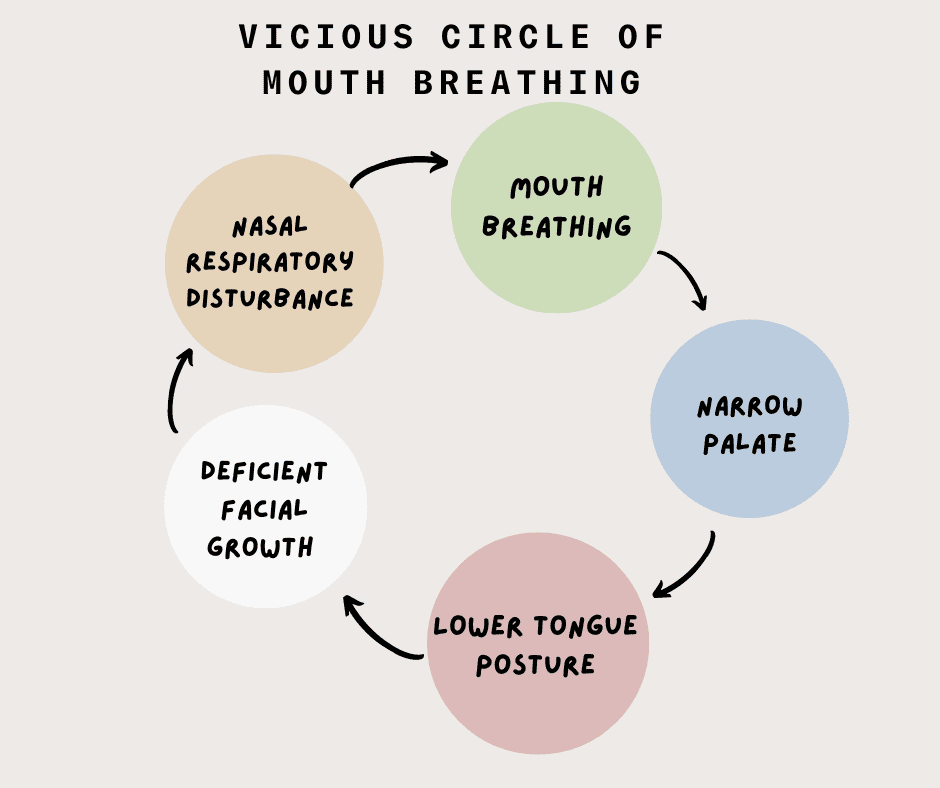
But that's not all. Mouth breathing can also affect your posture. When the upper airways are not well developed due to nasal breathing difficulties, the head may tilt forward to clear the airways and facilitate breathing. (6)
So, as you can see, a narrow palate can have various effects on your facial appearance, including the cheekbones, chin, and overall facial proportions. It can also impact breathing, airway development, and even posture.
Can expanding the palate change your face?
The impact of palate expansion on your facial appearance depends largely on your age.In children, since their facial structures are still growing and haven't reached their final size, palate expansion can definitely influence facial growth and overall appearance.
As the palate expands and the upper jaw enlarges, it can lead to more defined facial features.
Another interesting benefit of palate expansion is its effect on the upper airways. The palate lines the lower part of the nasal cavity. So, as it expands, it opens up the upper airways, improving nasal breathing.
In a clinical study conducted by Haas, patients who underwent palatal expansion showed an increase in nasal width from 1.5mm to 5.5mm. (7)
This positive transformation breaks the vicious circle: Palatal expansion facilitates nasal breathing, which in turn promotes and harmonizes facial growth.
However, in adults, where the face and jaws are fully developed, and the sutures have matured and closed, it may become challenging to widen the bone through palate expansion alone.
Yet, studies we'll discuss later have shown that these devices can still be successful in adults.
So, the potential for changing your face through palate expansion is most significant during childhood when the facial structures are still developing. It offers the opportunity to positively impact facial growth and improve nasal breathing.
Does Palatal Expansion Work in Adults? The Crucial Role of Age
Age is one of the most crucial factors in palate expansion treatment. As the graph below shows, the speed of growth of the lower face and the rest of the body follows a similar pattern.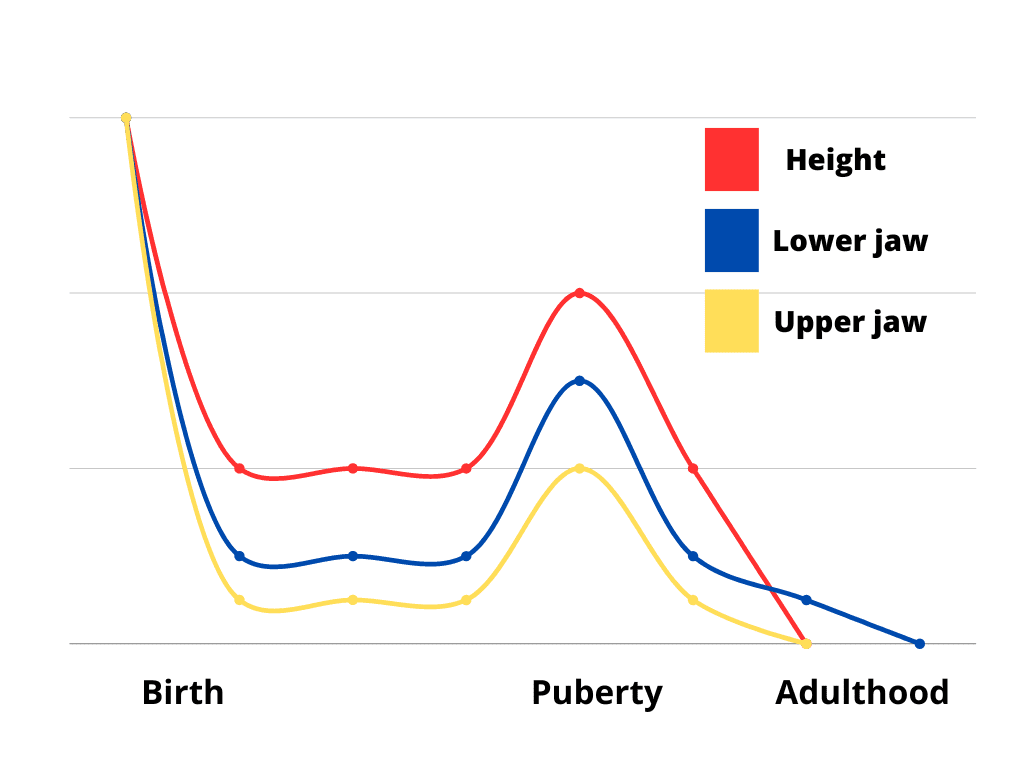
The growth peaks at birth, slows down, and then accelerates again during puberty.
The optimal time to fix jaw development issues is before the peak of puberty, which is typically around age 12 for girls and 14 for boys. This period presents a high growth potential that can be harnessed for effective palate expansion.
After this age, there is minimal growth remaining, making it challenging to change bone size. At this point, the only thing that can be addressed is the position of the teeth.
However, this doesn't mean that palate expansion is too late for adults. It just has a different effect.
It's a more forceful and traumatic process that involves opening the fused palatal suture rather than stimulating it. As the suture is opened, new bone fills the space during healing.
Studies have shown that palate expanders, such as the Haas and Hyrax appliances, can significantly increase palatal width in adults. These expanders were generally well-tolerated and had fewer risks of complications. (1)(2)
Today, there are advanced expansion techniques known as Miniscrew-assisted rapid palatal expanders (MARPE). These techniques involve the insertion of implants directly into the palate bone. A device is then attached to these screws, exerting pressure on the bone and reactivating the palatal suture (9).
However, non-surgical palatal expansion may not be suitable for everyone, particularly in severe cases and in older adults.
Some individuals may have a higher risk of failure and complications such as tooth loss, receding gums, and pain. So it's important to discuss this option with your orthodontist.
How can palatal expander improve your teeth and smile?
A narrow palate not only affects your facial appearance but also has direct consequences on your teeth and smile.When the palate is underdeveloped, it takes on a "V" shape, causing your smile to appear narrow with black gaps at the corners of your lips.
Palate expansion treatment can significantly improve your teeth and smile. As the upper jaw widens, it creates more space for the teeth to properly align, making your smile appear wider. This also helps resolve dental alignment issues such as crowding, crossbite and impacted teeth.
Crossbite:
- Crossbite refers to a misalignment of the upper and lower teeth, where some of the upper teeth are positioned behind the lower teeth when biting down.
- This condition can cause functional issues and affect the appearance of the smile.
Impacted teeth:
- Impacted teeth are teeth that fail to fully emerge or erupt through the gums.
- This commonly occurs with wisdom teeth (third molars), but can also affect other teeth in the mouth.
Can a narrow upper jaw recover on its own?
The best way to deal with facial and jaw deformities is to prevent them in the first place.By recognizing early signs and risk factors in children, such as mouth breathing, crossbite, allergies, and low tongue posture, it is possible to promote normal facial development.
Removing these risk factors may involve the collaboration of different specialties, including ENT, speech therapy, and orthodontics.
However, if bone deformities are already present, a narrow upper jaw cannot fix itself. In this case, early intervention is essential to prevent the situation from getting worse.
The different types of palate expanders:
Rapid palate expander:
- Include devices like Hyrax or Haas.
- High tension is applied to the palatal suture.
- The first sign of its effectiveness is the appearance of a gap or diastema between the front teeth after around 3 days.
- The screw in the middle of the palate needs to be activated twice a day throughout the treatment.
- Rapid palatal expansion is typically recommended for individuals under the age of 14.
Slow palatal expansion:
- Appliances like Quadhelix or Hawley are used.
- It involves applying mild tension.
- Effective for widening the upper jaw if applied early, preferably before 10 years old.
Surgically assisted rapid palate expander:
- This method combines surgical intervention with a rapid palatal expander.
- It is used in cases where non-surgical methods alone may not be sufficient.
- The surgical procedure helps to facilitate expansion and achieve desired results.
Alternatives to palate expanders:
Prevention:
- This approach focuses on removing obstacles and interferences that hinder normal growth of the upper jaw in early childhood. (3)
- Measures may include addressing factors such as mouth breathing, allergies, low tongue posture, and harmful habits.
Braces:
- Braces are effective in addressing dental alignment issues like crowding and crossbite.
- However, they cannot directly address skeletal issues or expand the upper jaw.
Jaw surgery:
- In severe cases where orthodontic appliances alone are insufficient, jaw surgery may be recommended.
- This surgical intervention can correct skeletal deformities and align the jaws properly.
Tooth extraction:
- If there is insufficient space in the jaw, tooth extraction may be necessary to create room for proper teeth alignment.
- Removing teeth can help create the necessary space and improve overall dental alignment.
- Nonsurgical maxillary expansion in adults: report on clinical cases using the Hyrax expander - PubMed (nih.gov)
- Nonsurgical rapid maxillary expansion in adults: report on 47 cases using the Haas expander - PubMed (nih.gov)
- Early Intervention in Pediatric Malocclusion - Decisions in Dentistry
- An Overview of Anatomical Considerations of Infants and Children in the Adult World of Automobile Safety Design - PMC (nih.gov)
- Effects of mouth breathing on facial skeletal development in children: a systematic review and meta-analysis - PMC (nih.gov)
- Breathing pattern and head posture: changes in craniocervical angles - PubMed (nih.gov)
- Skeletal and dental changes accompanying rapid midpalatal suture opening - PubMed (nih.gov)
- Evaluation of Safety Concerns with Certain Dental Devices Used on Adults – FDA Safety Communication | FDA
- Miniscrew-assisted rapid palatal expander (MARPE): the quest for pure orthopedic movement - PMC (nih.gov)
- Couv et dos ROS 4 (sop.asso.fr)
- “Parts of the figure were drawn by using pictures from Servier Medical Art. Servier Medical Art by Servier is licensed under a Creative Commons Attribution 3.0 Unported License (https://creativecommons.org/licenses/by/3.0/).”
